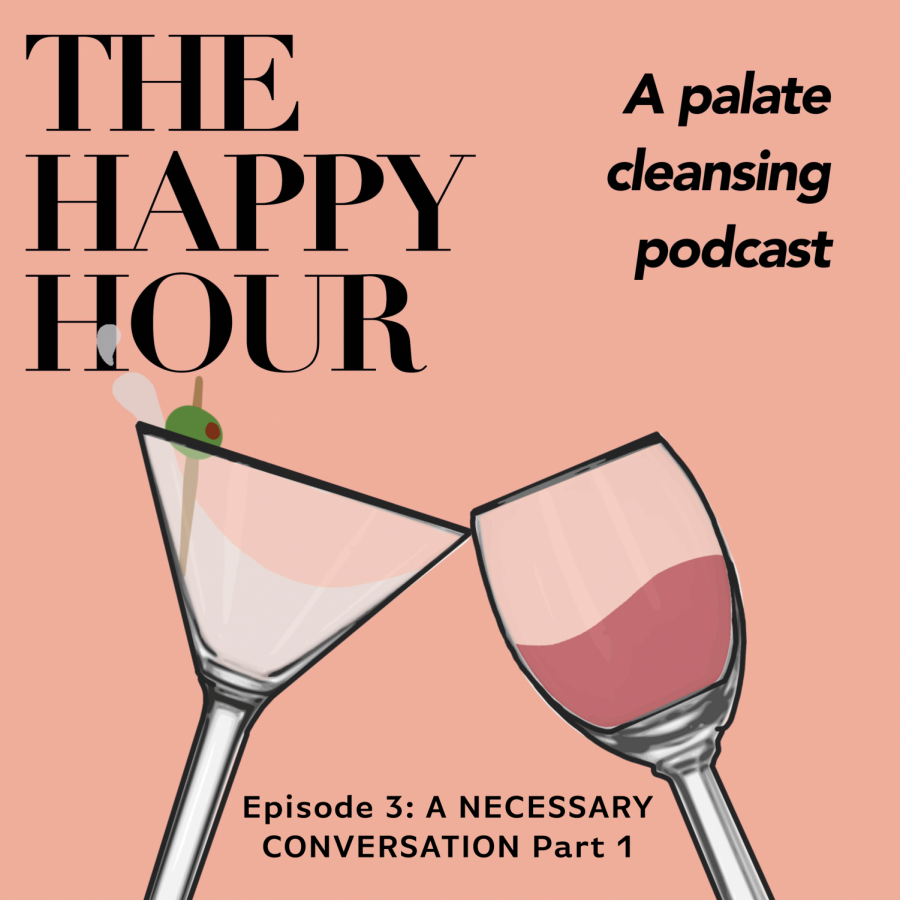Finding a place to live near SF State is as tough as the 49ers finding a win – it’s rough out there.
It’s time consuming, awkward and stressful. Craigslist is hit or miss. Open houses often feature a half-dozen or more candidates competing for a single bedroom.
Political science major Karina Ruiz knows all about it. As a freshman back in 2014, she moved to the city from Los Angeles planning to live off-campus.
Ruiz, 21, put in weeks of work rounding up a couple Craigslist contacts to check after freshman orientation. Her persistence paid off after signing a one year lease for a room in the Ingleside neighborhood.
“Finding housing was a lot tougher than running a marathon,” said Ruiz. “I ended up choosing the last place I checked out. I lived there for two years and eventually came to hate it, everything is not what it seems.”
Ruiz is one of the lucky ones and a report released in May by the San Francisco Planning Department could explain why.
The Housing Balance Report found that only 2.7 percent of all new housing built in the city during the last decade – including both market-rate and affordable housing – was constructed within the three districts surrounding SF State. All together, Districts 4 (Sunset), 7 (SF State, Ingleside) and 11 (Excelsior) make up a quarter of the city’s mass, housing a lion’s share of SF State students.

The report also said the same quarter of the city saw 23 percent of San Francisco’s no-fault evictions within the last decade, a sign that the west side of San Francisco may not be the easiest place to both find or retain housing.
District 6, which includes South of Market and the Financial District, built 18,734 units (59 percent of the total) in the last 10 years, but saw only 3-percent of all no-fault evictions.
Jasper Rubin, associate professor of Urban Studies & Planning at SF State, says San Francisco’s zoning laws are to blame for the lack of housing production west of Twin Peaks.
“In 1978, most of the west side was down-zoned as a response to west side fears that the development they were seeing in other parts of the city might spread to them,” said Rubin. “So, they convinced the planning department to enact strict height limits that protected their single-family homes.”
A quick glance at a San Francisco zoning map shows that most of the city’s western and southern neighborhoods are zoned RH-1(D), meaning strictly detached single-family homes at one home per parcel can be built there. A drive through Ingleside, the Sunset, or the Excelsior will show a drastically different San Francisco compared to the much denser, less suburban Mission District or downtown.
Rubin wasn’t surprised to hear about western San Francisco’s lackluster housing production.
But he did point to a couple projects in the pipeline slated to produce a good chunk of housing within the city’s west side. The Balboa Reservoir in the Ingleside neighborhood should see close to 1,000 units, according to Rubin. And Parkmerced’s redevelopment next to SF State is set to break ground in 2018, which will see over 5,000 new units neighboring SF State.
Rubin conceded that these two projects represent some of the last swaths of land ripe for mass development available on the west side. Anything more would require the demolition of existing single-family homes and “a whole lot of political will.” He says the west side of the city has been pretty much fully built over since the late 1950’s, early 1960’s.
“If you think about it in your mind’s eye, every parcel is built on,” said Rubin. “The parcels that are built on are single-family homes and to change that means destroying a single-family home.”
Even with the staggering lack of housing being built on the west side, not everybody looks at the Housing Balance Report and immediately starts judging it by its housing numbers alone.
Sam Moss, executive director of nonprofit affordable housing developer Mission Housing Development Corporation and a board member of the pro-development political outfit YIMBY Action, says no fault evictions are a big deal when it comes to retaining affordable housing in San Francisco.
“When I look at the housing balance report my eyes go to the no-fault evictions and the loss of naturally occurring affordable housing more than I see that the west side hasn’t been building units,” said Moss.
San Francisco landlords can easily evict tenants who are ineligible for the any of the 16 “just cause” evictions allowed under city law. The list includes standard stuff like contractual disagreements like not paying rent. But if a tenant is playing by all the rules, landlords can still kick tenants out by using one of a few “no-fault” eviction procedures.
Moss says the most common is the owner move-in eviction occurring when landlords evict tenants claiming a desire to move into a unit themselves.
He says it’s all too common for landlords to never move in, using the eviction as way to kick out long-term tenants paying below-market-rate rents under rent control to make room for new tenants who will pay more.
“To be frank, the worst culprit in these horrible times is the greedy landlord,” Moss said








Aaron Goodman • Sep 20, 2017 at 8:31 pm
The question is whether all the new housing should be built where the “affordable” prior housing was located…….
STONESTOWN and parkmerced were the backbone of low-cost rental housing.
over the years the sfsu-CSU purchase and parkmerced’s ongoing rent-hikes as an adjacent property owner, allowed them to pirate-like booty while jacking rents yearly.
(similar issues occurred new NYU and Peter cooper stuy town nyc.)
the impacts of housing needs are not solved by allowing market rate development to occur without new ideas/controls for the type of housing developed.
parkmerced or stonestown could be purchased and turned into a co-op or other form of housing, to help limit cost increases, and the general profiteering of stellar prior and now maximus and other llc owners.
sfsu-csu (U.Corp) and their “enterprise” efforts will not make housing more affordable, as cost per sq.ft is phenomenal currently.
to address housing impacts the sfsu-csu planners need to build on campus up near Winston, perhaps along 19th ave and adjacent to future sfmta proposed changes to directly connect to mass transit.
the reality is that single family home areas are now open-season development wise, with parkmerced’s proposal challenge not being heard, the courts left it up to municipalities to decide the fate of their urban scale. rezoning st. francis woods, or Ingleside terraces, should not be off the table.
if you can destroy a historically eligible national register site you can take out any home anywhere in sf. the judge in the case asked if his Victorian is at risk, and the attorney representing the plaintiff noted yes it is at risk technically.
so low-height neighborhoods regardless of character or charm are now eligible for density proposals.
this may not happen due to real estate interests, but it assuredly will be more difficult for students to find affordable housing regardless of who builds it (sfsu or parkmerced)
so students faculty and staff (not in the higher pay brackets) will be forced to deal with considerable changes, and cost increases in the future based on the market)
jasper rubin may blame the zoning laws, and sf general plan, but it was the only thing keeping neighborhoods scaled and controlled in terms of growth.
now we have rampant growth and lacking infrastructure, or any means to pay for it. (example: 19th ave subway proposal)
you get what you request, but unlike the genie in the lamp you don’t get 3 wishes………